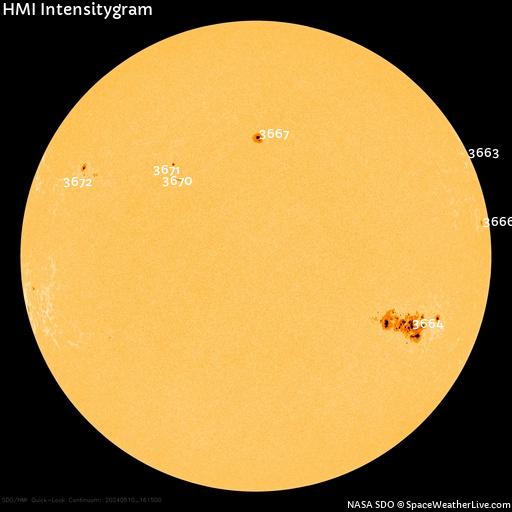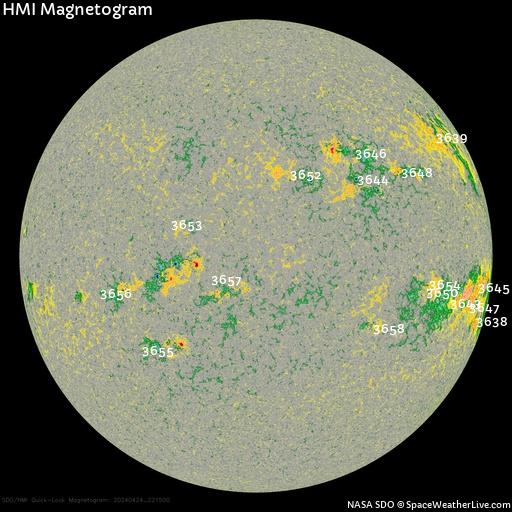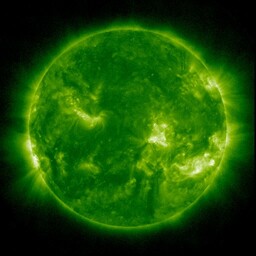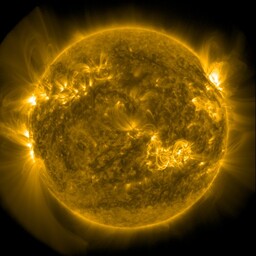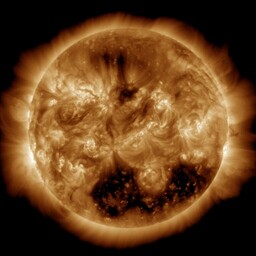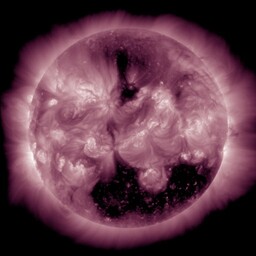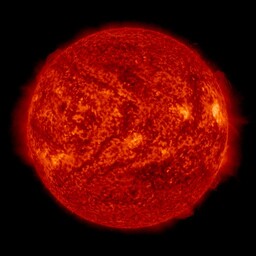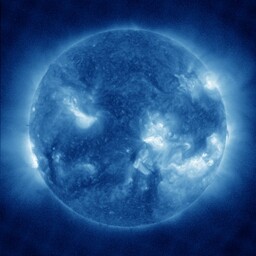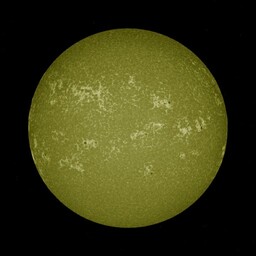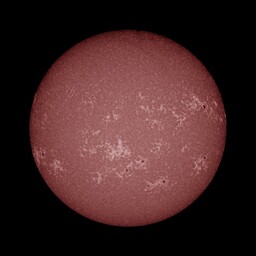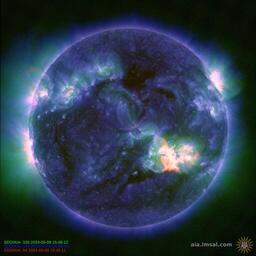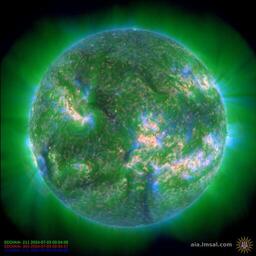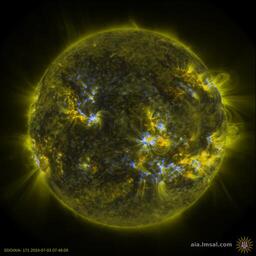Solar Dynamics Observatory (SDO)
The NASA Solar Dynamics Observatory (SDO) mission consists of one sun observing spacecraft with three instruments which is located in a geosynchronous orbit around Earth. The AIA and HMI instruments provide us with solar imagery of unprecedented detail. Below you will find numerous images of the Sun from these instruments in many different wavelengths, revealing many different solar phenomena like solar flares, coronal holes, sunspots and filaments. The numbers on the images below indicate the location of different sunspot groups. If there are no numbers then the Sun is currently devoid of numbered sunspot regions.
HMI Intensitygram | HMI Magnetogram |
AIA 094 | AIA 131 |
AIA 171 | AIA 193 |
AIA 211 | AIA 304 |
AIA 335 | AIA 1600 |
AIA 1700 | AIA 094 335 193 |
AIA 304 211 171 | HMI Magnetogram AIA 171 |
Latest news
Latest forum messages
Support SpaceWeatherLive.com!
A lot of people come to SpaceWeatherLive to follow the Sun's activity or if there is aurora to be seen, but with more traffic comes higher server costs. Consider a donation if you enjoy SpaceWeatherLive so we can keep the website online!

Space weather facts
| Last X-flare | 2024/03/28 | X1.1 |
| Last M-flare | 2024/04/24 | M1.4 |
| Last geomagnetic storm | 2024/04/19 | Kp7 (G3) |
| Spotless days | |
|---|---|
| Last spotless day | 2022/06/08 |
| Monthly mean Sunspot Number | |
|---|---|
| March 2024 | 104.9 -19.8 |
| Last 30 days | 129.9 +24.3 |
